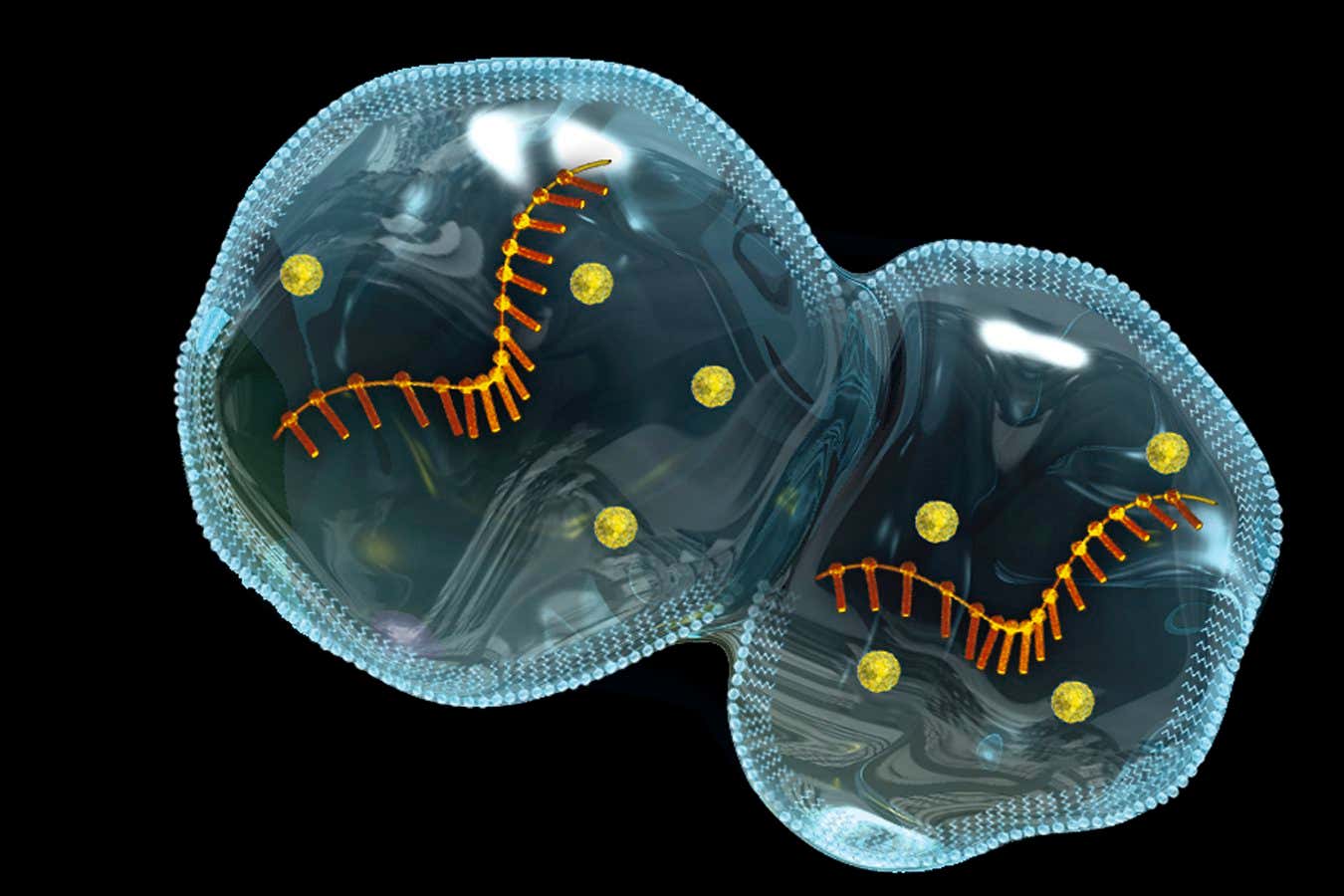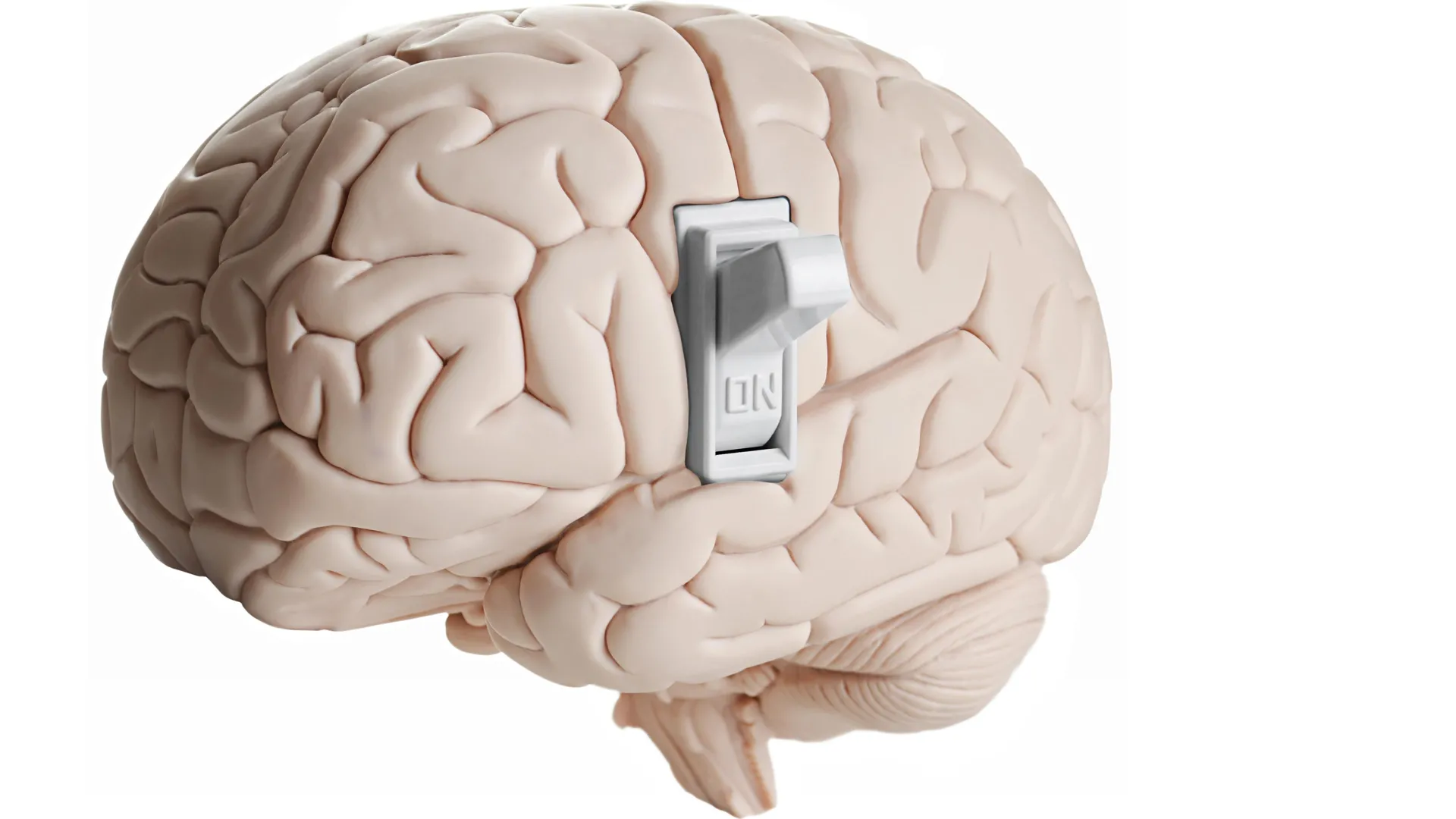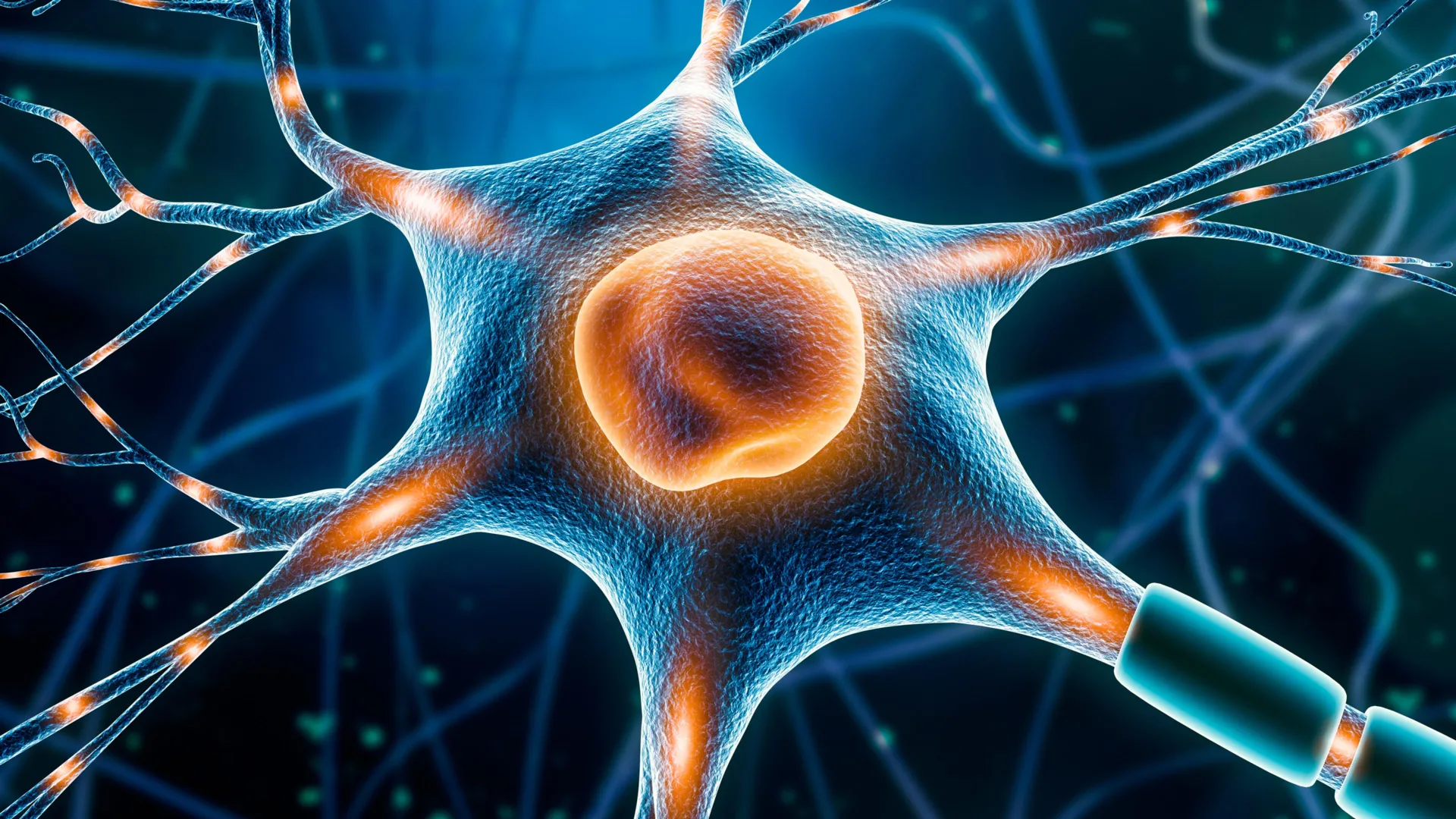
Protocells are membrane-bound spheres formed from fatty molecules that are thought to resemble the precursors to living cells
HENNING DALHOFF/SCIENCE PHOTO LIBRARY
Membrane-bound structures similar to those that enclose living cells have been shown to spontaneously self-assemble on micrometeorites, offering a tantalising hint that dust strewn across planets could play a role in the development of life.
“If we can show that protocells are forming on micrometeorites on Earth, then it’s evident that this could happen on other habitable planets,” says Irep Gözen at GOMOD, a research and education company in Sweden. “That’s why this is very exciting to me.”
Some fatty molecules called lipids can spontaneously form membrane-bound spheres, which are sometimes called protocells because they are thought to resemble the precursors to living cells. While this can happen in solution, Gözen has been studying how some surfaces trigger protocell formation where it wouldn’t otherwise happen.
Surfaces have intrinsic energy that can power this kind of transformation because the atoms on their exposed sides don’t have a complete set of bonds, she says. “The moment you create a surface, it will have this excess energy that it wants to get rid of.”
After recently studying a Martian meteorite, Gözen realised that the rough, grainy surfaces of meteorites might be favourable for protocell formation. So she and her colleagues placed three kinds of micrometeorites in dishes containing suspensions of various kinds of lipids. They left the samples overnight and then examined them under a microscope, finding that protocells had indeed formed. They were particularly prolific in the samples that contained the same lipids as the membranes of simple cells called archaea.
There are hundreds of types of micrometeorites, says Gözen, so this study is just an initial proof-of-concept. The findings don’t show that this is how the first living cells formed, of course, but Gözen thinks they are intriguing given that simple organic compounds have often been found on meteorites and that micrometeorites are likely to be widely distributed over the surface of planets everywhere. “You have a little reactor that carries around interesting prebiotic organic matter,” she says. “They’re raining down on almost all the planets. It’s all packaged in one particle.”
“I think it’s exciting that micrometeorites have sufficient surface energy to drive the [protocell] formation mechanism,” says Anna Wang at the University of New South Wales Sydney in Australia. “The physics was not a given.”
Gözen says the protocells that form on surfaces also have some interesting properties. “There’s a huge difference in terms of what happens on surfaces versus in solution,” she says. “They form these interesting networks of protocells with little nanotubular connections in between, so they can actually transfer their contents. They can do a very rudimentary form of signalling.”
Topics:







